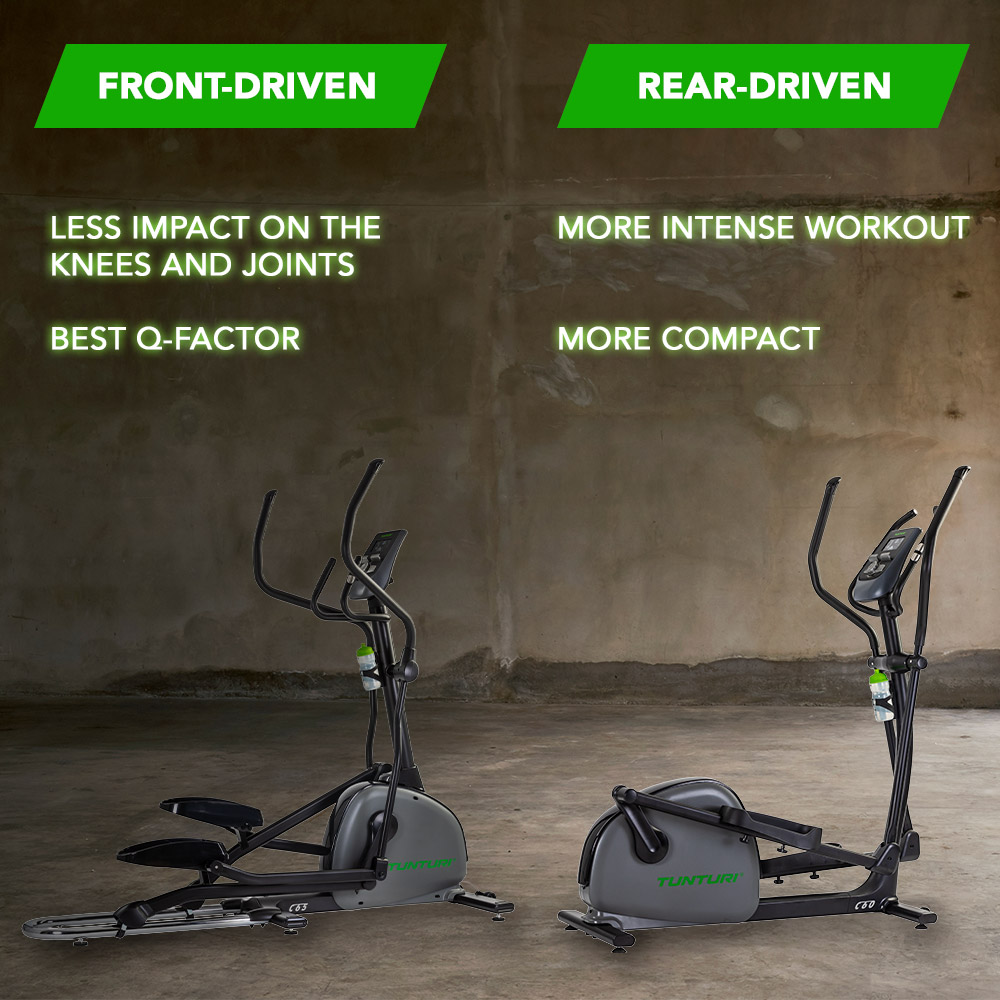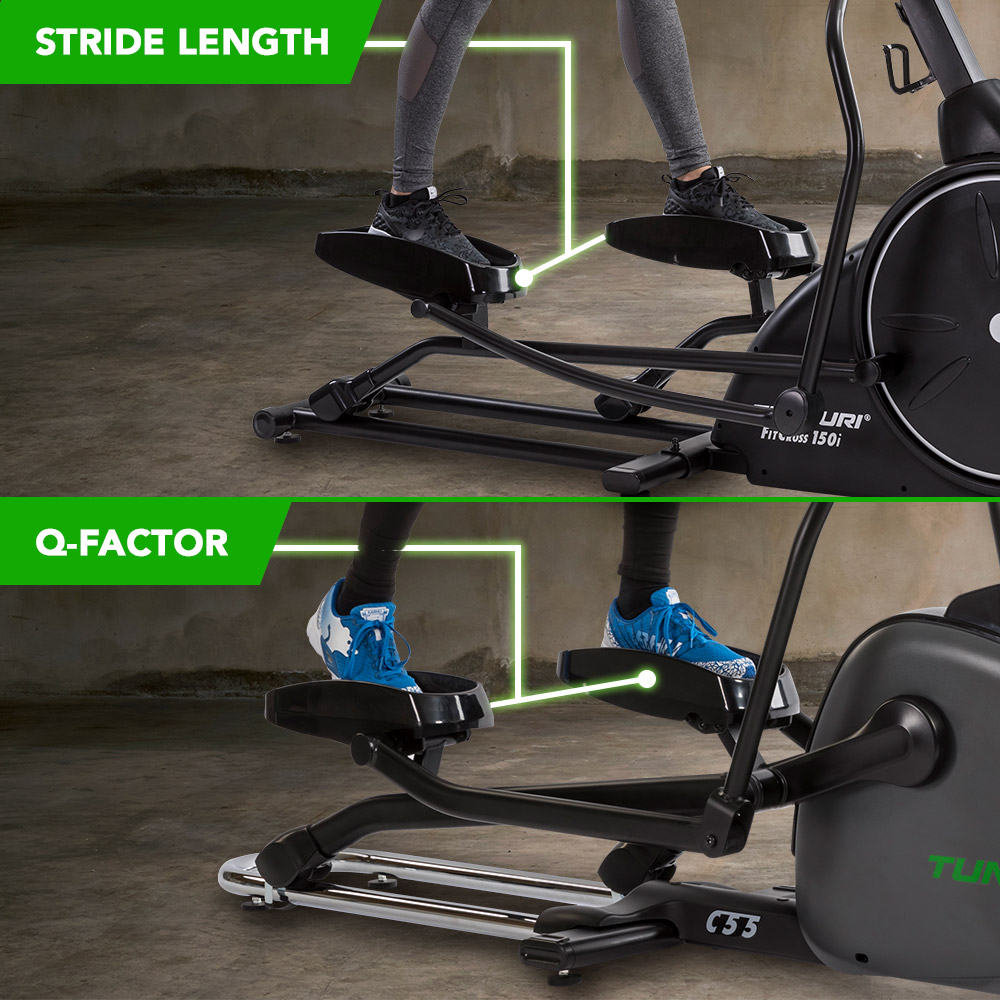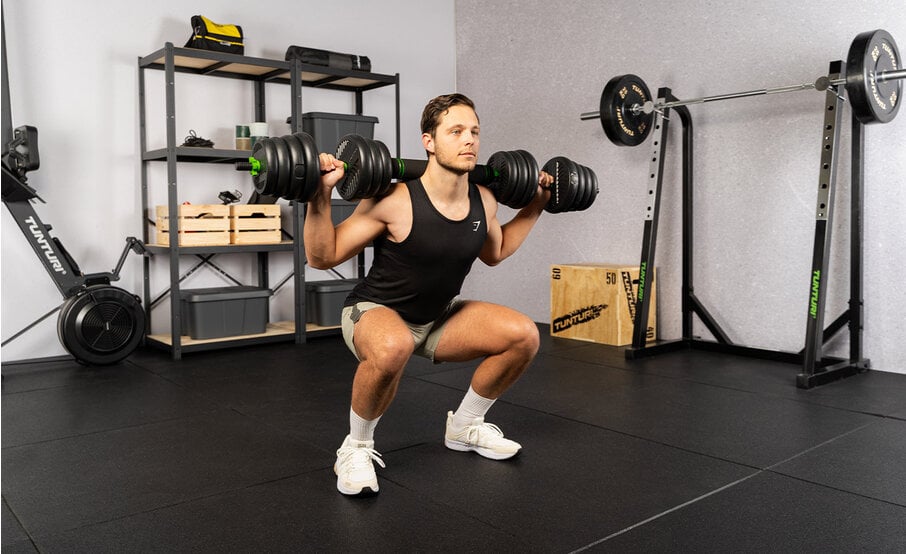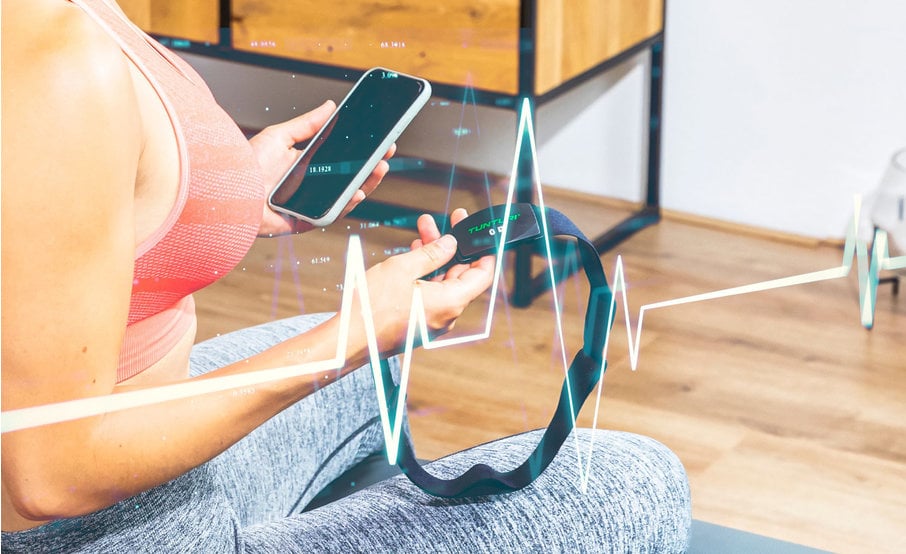How do I choose the right elliptical?
- Posted on

An elliptical or cross trainer is an all-round fitness device that helps you get stronger, keeps you fit and helps you lose weight. It is easy to use and you train around eighty percent of your muscles with a cross trainer. That pretty much summarizes the main reason to buy a cross trainer! To help you with that, we have listed what you need to take into account in order to choose the right cross trainer.
First, we will elaborate on the two most important factors: drive and stride length.

1. Drive: front-driven or rear-driven
There are two types of ellipticals: front-driven and rear-driven. By taking a look at the cross trainer you can find out where the drive is located. The flywheel of front-wheel drive is located at the front, while the flywheel of a rear-wheel drive is located at the rear.
A front-driven elliptical makes flatter, smaller circular movements, which you can compare to cross-country skiing. These cross trainers have a better Q-factor (the distance (width) between the pedals you put your feet on), because the flywheel cabinet does not get in the way of making movements. So you always make a straight move when you train. The shorter the distance, the more natural the movement is.
The movement with a rear-driven cross trainer is comparable to downhill skiing. You make a more elliptical movement, which in turn makes for a more intensive workout.
Do you have physical complaints or are you recovering from injury? Then it's better not to opt for the rear-driven cross trainer as the load on the knees and joints is greater. In case of rehabilitation and complaints, a front-driven cross trainer is always advised. Do you have only a little bit of space at home? A rear-driven cross trainer takes up less space than a front-driven variant.
A front-driven elliptical makes flatter, smaller circular movements, which you can compare to cross-country skiing. These cross trainers have a better Q-factor (the distance (width) between the pedals you put your feet on), because the flywheel cabinet does not get in the way of making movements. So you always make a straight move when you train. The shorter the distance, the more natural the movement is.
The movement with a rear-driven cross trainer is comparable to downhill skiing. You make a more elliptical movement, which in turn makes for a more intensive workout.
Do you have physical complaints or are you recovering from injury? Then it's better not to opt for the rear-driven cross trainer as the load on the knees and joints is greater. In case of rehabilitation and complaints, a front-driven cross trainer is always advised. Do you have only a little bit of space at home? A rear-driven cross trainer takes up less space than a front-driven variant.

2. Stride length
The stride length is the distance between the two pedals when they are farthest apart. A short stride length gives a kind of step movement. A longer stride length mimics more of a running movement.
The stride length also influences the comfort of your workout. If the stride length is too short, it will feel like you are walking with small steps. If the length is too far, it will feel like the steps you are taking are too big and that can overload your muscles. The correct stride length depends on your height. The taller you are, the greater the stride length. Overall, we can maintain the following standards, but of course it also depends on your physique and personal preference.
Shorter than 175 cm: 30 or 40 centimeter stride length
Taller than 175 cm: 40 or 50 centimeter stride length
We have ellipticals with the following stride lengths:
- 30 centimeter / 13 inch
- 40 centimeter / 16 inch
- 50 centimeter / 19 inch
The stride length also influences the comfort of your workout. If the stride length is too short, it will feel like you are walking with small steps. If the length is too far, it will feel like the steps you are taking are too big and that can overload your muscles. The correct stride length depends on your height. The taller you are, the greater the stride length. Overall, we can maintain the following standards, but of course it also depends on your physique and personal preference.
Shorter than 175 cm: 30 or 40 centimeter stride length
Taller than 175 cm: 40 or 50 centimeter stride length
We have ellipticals with the following stride lengths:
- 30 centimeter / 13 inch
- 40 centimeter / 16 inch
- 50 centimeter / 19 inch





